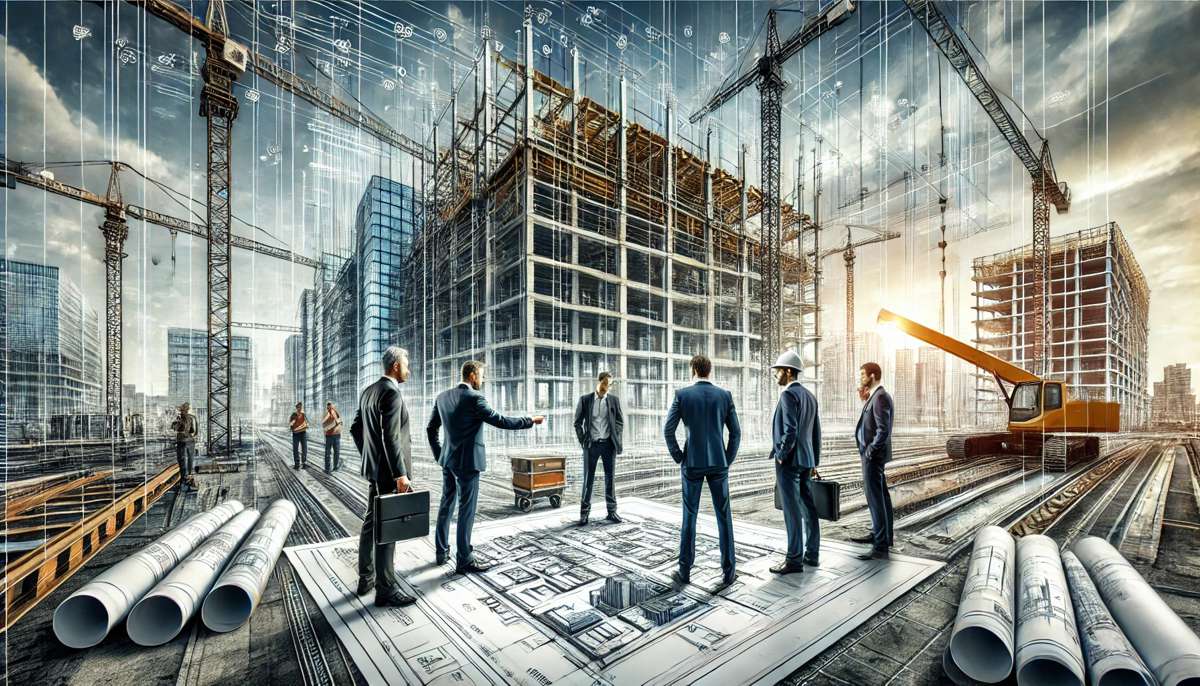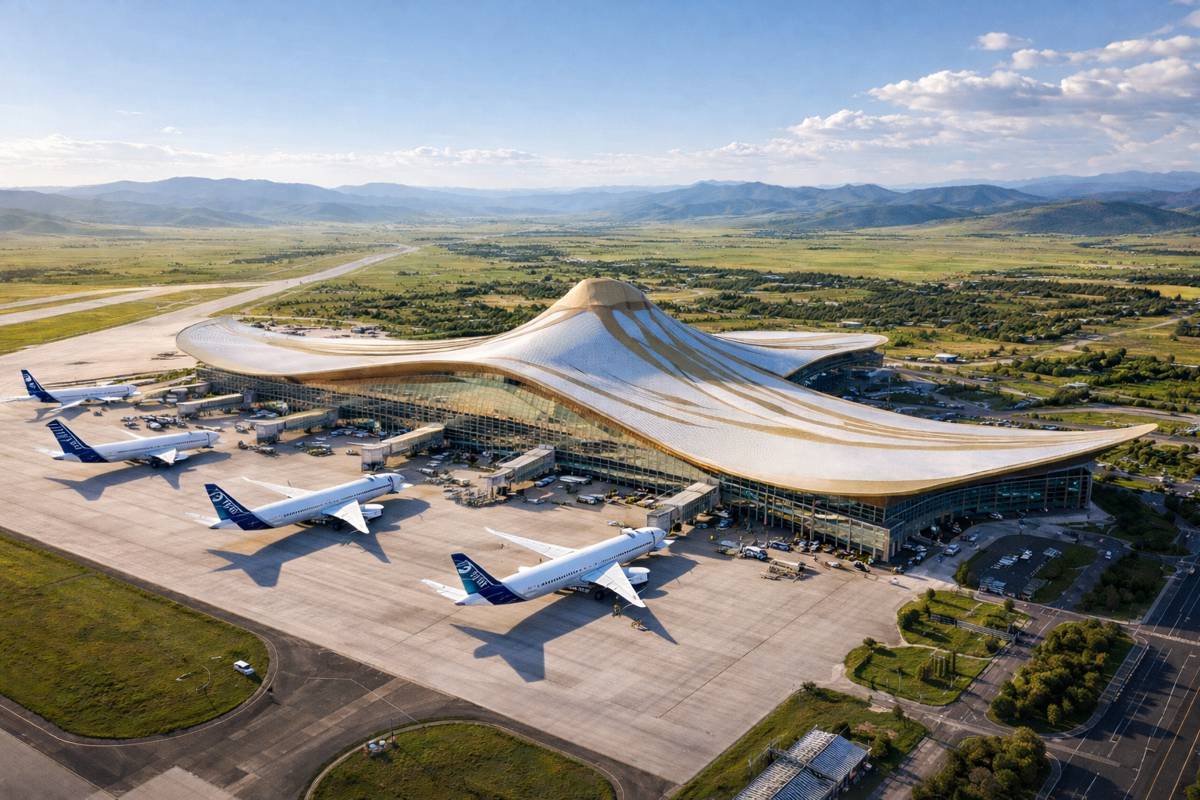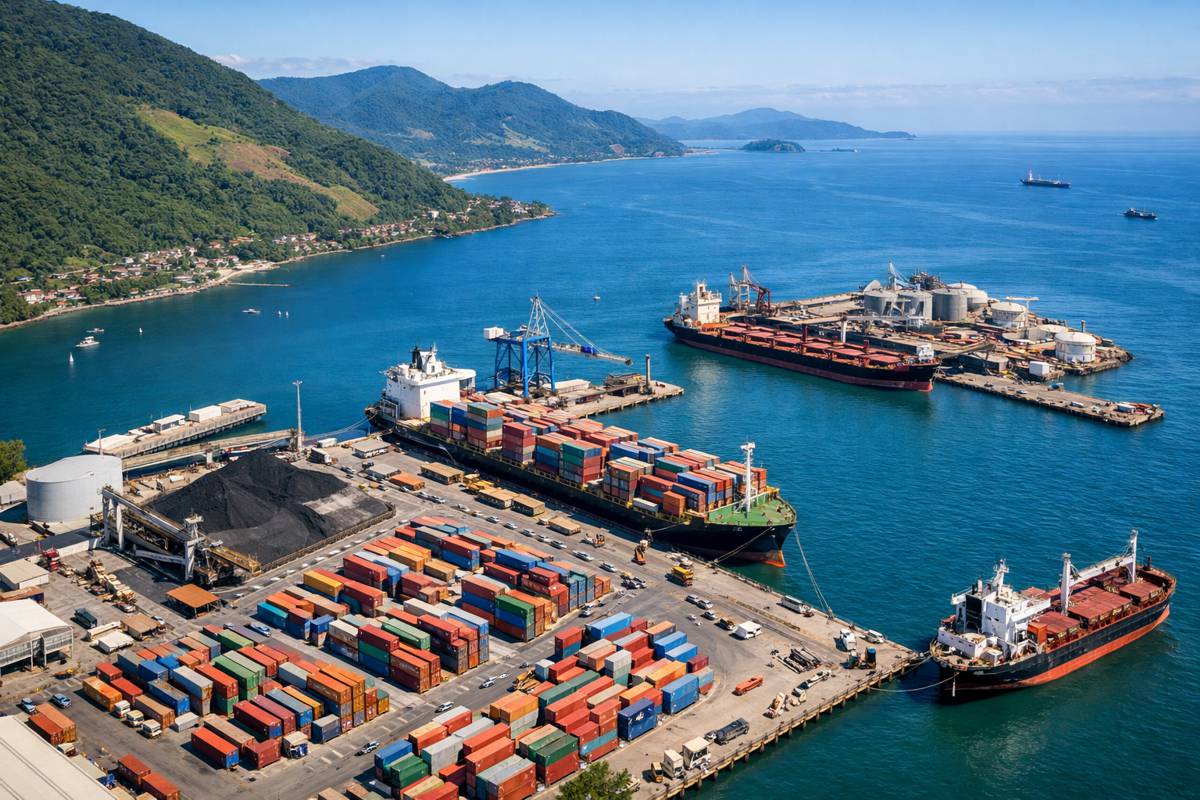9 Reasons to Involve Facility Managers in the Design and Construction Phases of a Project
When planning and executing a construction project, involving facility managers (FMs) early on can make a huge difference. Often, facility managers are excluded until later stages, causing costly adjustments, inefficiencies, and long-term operational issues.
But why wait? Involving FMs from the design and construction phases ensures the building functions effectively from day one and is easier to maintain throughout its lifecycle. Here are compelling reasons why you should involve facility managers in these crucial stages.
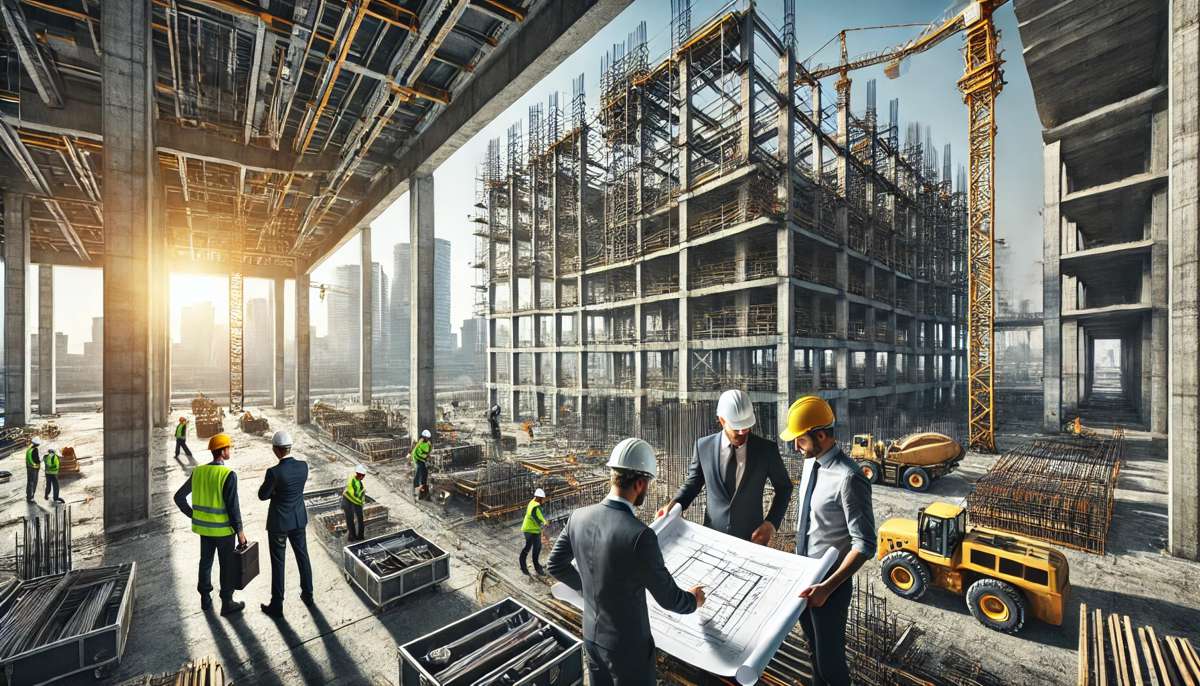
1. Optimizing Operational Efficiency From the Start
Facility managers bring crucial insights into how a building operates daily, especially regarding workflow management and resource optimization. Their expertise ensures that operational tasks—such as deliveries, staffing schedules, or equipment movements—are streamlined from the start.
For example, an FM might suggest creating optimized pathways for high-traffic areas to prevent bottlenecks during peak hours. They could also propose using centralized storage areas that improve access to frequently used equipment or materials, thus reducing inefficiencies in daily operations.
2. Improving Building Maintainability
It’s one thing to design a beautiful building, but it’s another to ensure it’s easy to maintain. Facility managers handle building maintenance daily, so they understand which design elements might pose future challenges. Including FMs during the planning process helps avoid costly, hard-to-maintain features.
For instance, FMs can suggest materials that require less maintenance or design spaces that are easier to clean. They might also recommend accessibility improvements for equipment and systems that need regular servicing. This input leads to smoother, more cost-effective facility maintenance down the road.
3. Facilitating Seamless Integration of Systems
Modern buildings rely on various systems—from security to smart building technology—to operate efficiently. Facility managers are well-versed in these systems and can provide valuable input on how to integrate them seamlessly. Using tools like computer-aided facility management (CAFM), they can manage, monitor, and optimize systems even more effectively.
Involving an FM early and focusing on technology integration helps avoid the nightmare of retrofitting or reconfiguring systems after construction. FMs can ensure that technology infrastructure is well-planned, allowing for easy upgrades and repairs. This input is crucial in creating buildings that are future-proofed and capable of adapting to new technologies over time.
4. Reducing Long-Term Costs
In construction, there’s a trade-off between upfront costs and long-term savings. Facility managers are well-positioned to find the balance. They know which systems and materials will cost less to operate and maintain over time, even if they have a higher initial price.
FMs can provide insight into choosing energy-efficient systems that reduce operating costs. For example, they may recommend using LED lighting, which costs more upfront but saves significantly on energy bills in the long run. Their involvement helps create a budget that reflects true, long-term costs—not just immediate savings.
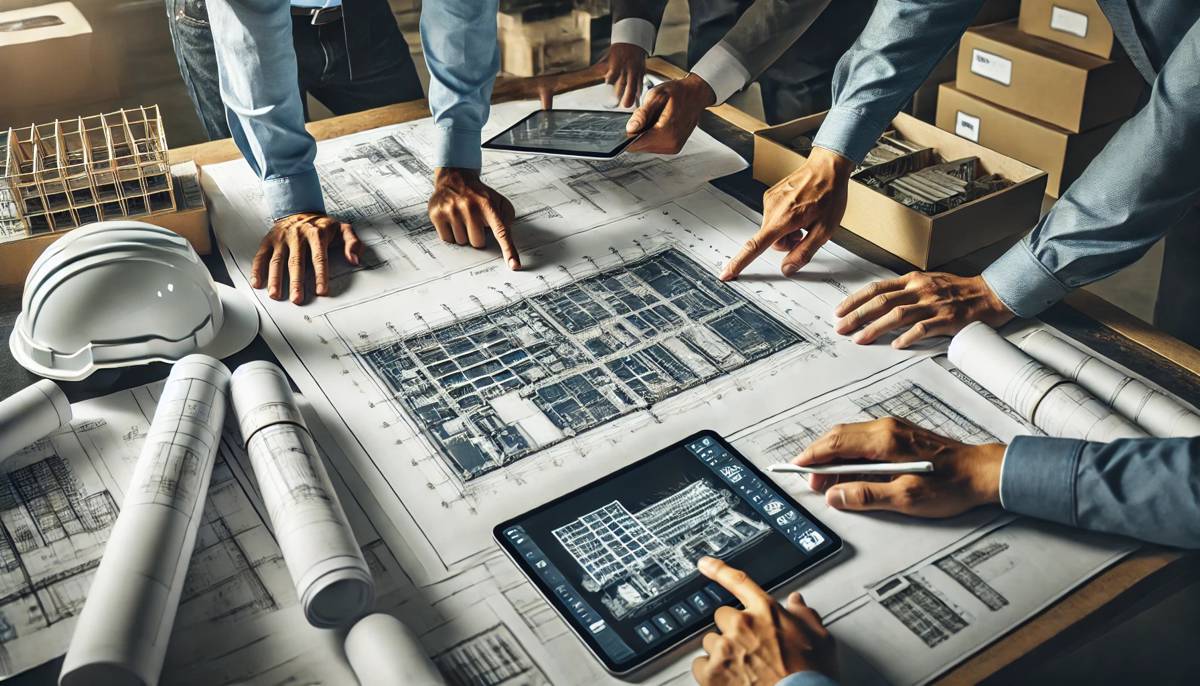
5. Ensuring Functional Design Choices
Designers and architects focus on aesthetics and structural integrity, but facility managers prioritize functionality. Including FMs bridges the gap between design and function. Their feedback ensures design choices make sense for real-world operations.
For example, an architect might design a space with minimal storage because it looks clean and modern. However, an FM could point out that the lack of storage would hinder day-to-day operations, such as managing supplies and equipment. Thus, you avoid design decisions that seem great on paper but don’t work in practice.
6. Enhancing Health and Safety
Facility managers focus on integrating safety into the design from the start. They can identify potential hazards, such as inadequate fire protection measures or poorly placed stairwells, and suggest improvements like using slip-resistant materials to reduce the risk of falls. Their input also helps in strategically positioning emergency exits and planning evacuation routes to enhance safety during emergencies.
Beyond these measures, facility managers advocate for improved accessibility, such as installing non-slip ramps and automated doors to prevent accidents. Additionally, they oversee compliance with health and safety regulations, which may not always be the priority for architects. This proactive involvement contributes to creating safer environments and reducing liability risks.
7. Preventing Design Flaws That Hinder Operations
It’s easy for designers to overlook the operational needs of a building, which can lead to costly and disruptive design flaws. Facility managers, on the other hand, are experienced in identifying potential problems early on. Their involvement ensures that design choices don’t create obstacles to the building’s operation.
For example, they might suggest wider hallways to accommodate equipment, better access to loading docks, or changes to plumbing systems to prevent issues down the line. Their input helps prevent operational headaches before they happen.
8. Improving Sustainability and Environmental Impact
Sustainability is becoming a key priority in modern building design, and facility managers offer practical insights into which features are truly effective. With their first-hand experience managing a facility’s energy use, they can identify sustainable designs that make the biggest difference.
For example, an FM might recommend installing a green roof, using water-saving fixtures to reduce consumption, or implementing an effective waste management system. Their expertise extends beyond the design phase, ensuring that the building is environmentally responsible throughout its lifecycle.
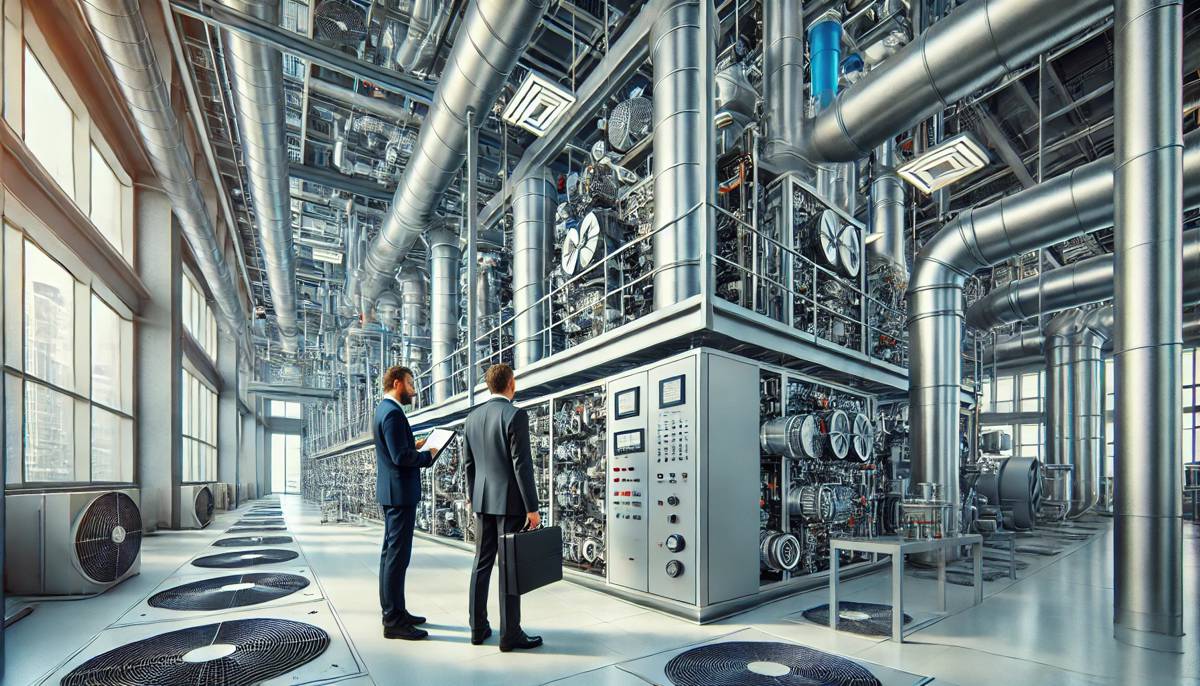
9. Supporting Better Communication Between Teams
Design and construction projects involve multiple stakeholders—architects, engineers, contractors, and more. Including a facility manager helps bridge communication between these teams, ensuring that operational needs are clearly conveyed.
This collaboration reduces the risk of misunderstandings and costly errors. With an FM involved, all parties stay aligned toward the shared goal of creating a functional, efficient, and sustainable building.
Final Thoughts
Involving facility managers in the design and construction phases of a project is essential for creating functional, cost-effective, and long-lasting buildings. Their expertise in operations, maintenance, and safety ensures that the building will perform well not just when it’s built, but throughout its entire lifecycle. From reducing long-term costs to improving health and safety, FMs bring a practical perspective that can save time, money, and headaches.
So, if you’re starting a new project, don’t wait until the last minute to bring in your facility manager. Involve them early and make the most of their valuable insights.








